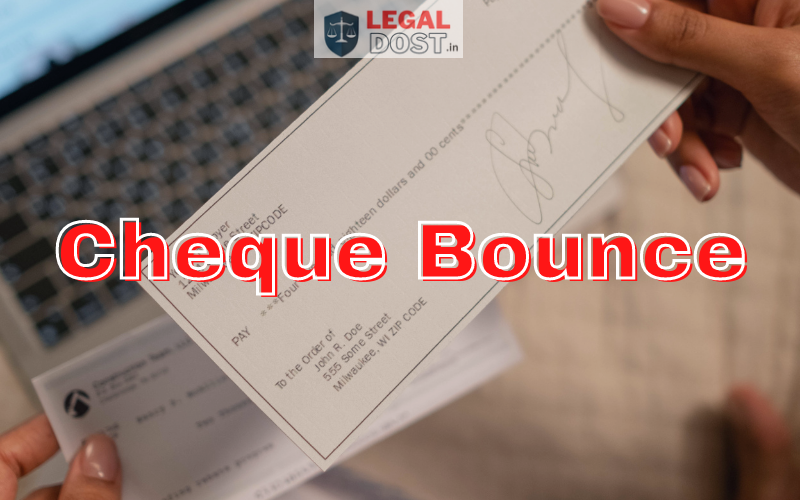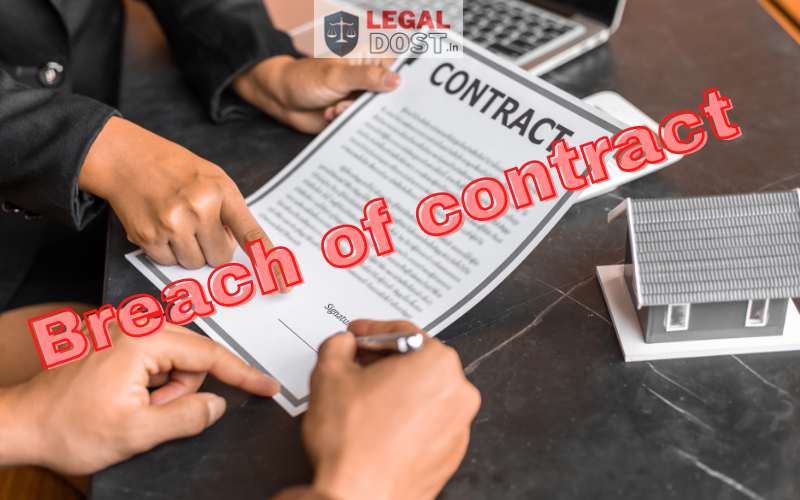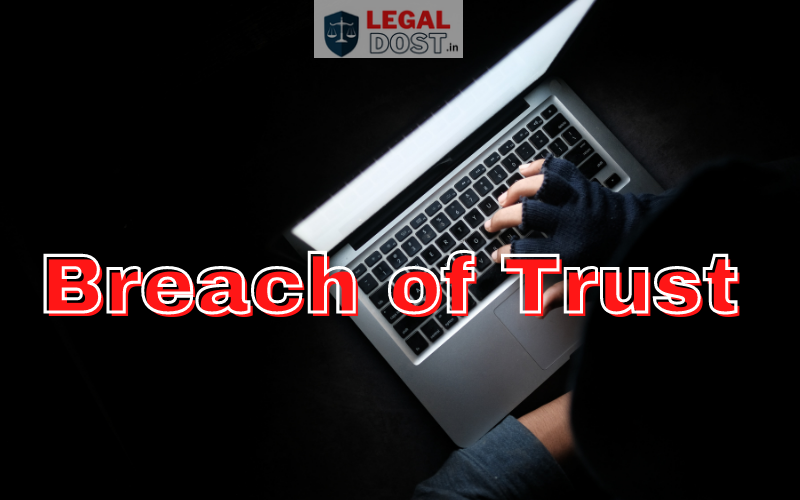In India, a cheque is a commonly used financial instrument for making payments, whether it be for personal or business purposes. However, sometimes a cheque may bounce, which can cause significant problems for both the issuer and the recipient of the cheque.
What is a Cheque Bounce?
A cheque bounce, also known as a “dishonored cheque,” occurs when the issuer of the cheque does not have sufficient funds in their account to cover the amount written on the cheque. This can happen for a variety of reasons, including mismanagement of funds, unexpected expenses, or fraud.
Consequences of a Cheque Bounce
If a cheque bounces, it can have serious consequences for both the issuer and the recipient.
For the issuer:
- Legal action: The recipient of the bounced cheque can file a case against the issuer in a criminal court, leading to possible fines and imprisonment.
- Damaged reputation: A bounced cheque can damage the issuer’s reputation and credibility, making it difficult to do business in the future.
- Increased borrowing costs: If the issuer has a history of bounced cheques, they may face higher borrowing costs in the future, as lenders may see them as a higher risk.
For the recipient:
- Loss of funds: The recipient will not receive the funds that were promised to them, which can be a significant financial loss.
- Time and resources: Dealing with a bounced cheque can be time-consuming and costly, as the recipient may need to hire a lawyer and go through the legal process to try to recoup their losses.
How to Avoid Cheque Bounce
To avoid the consequences of a cheque bounce, both the issuer and the recipient can take the following steps:
- Confirm funds: Before issuing a cheque, the issuer should make sure they have sufficient funds in their account to cover the amount written on the cheque. This can be done by checking their account balance or setting up overdraft protection.
- Use alternatives: If the issuer is unsure whether they will have the funds to cover a cheque, they can consider using alternative payment methods, such as electronic transfers or cash.
- Protect yourself: The recipient can protect themselves by taking the following steps:
- Don’t rely solely on cheques: While cheques may be a convenient way to receive payment, it is important not to rely on them as the sole means of payment. Consider requesting alternative forms of payment, such as electronic transfers or cash, to reduce the risk of a bounced cheque.
- Verify the issuer’s credentials: Before accepting a cheque, the recipient should verify the issuer’s credibility and financial stability to reduce the risk of a bounced cheque.
- Use a clearinghouse: A clearinghouse is an intermediary that verifies and processes cheques, reducing the risk of a bounced cheque. The recipient can use a clearinghouse to ensure that the cheque they are receiving is valid and will not bounce.
Conclusion
Cheque bounce can have serious consequences for both the issuer and the recipient. To avoid these problems, it is important for the issuer to confirm their funds and consider alternative payment methods, and for the recipient to verify the issuer’s credentials and consider using a clearinghouse. By taking these precautions, you can protect yourself from the financial and legal problems caused by a bounced cheque.
Bibhu Mishra is a prolific writer who has published many books spanning various genres. He is a legal enthusiast and an avid researcher of cutting-edge technology, diving into fascinating realms to bring captivating narratives to life.



